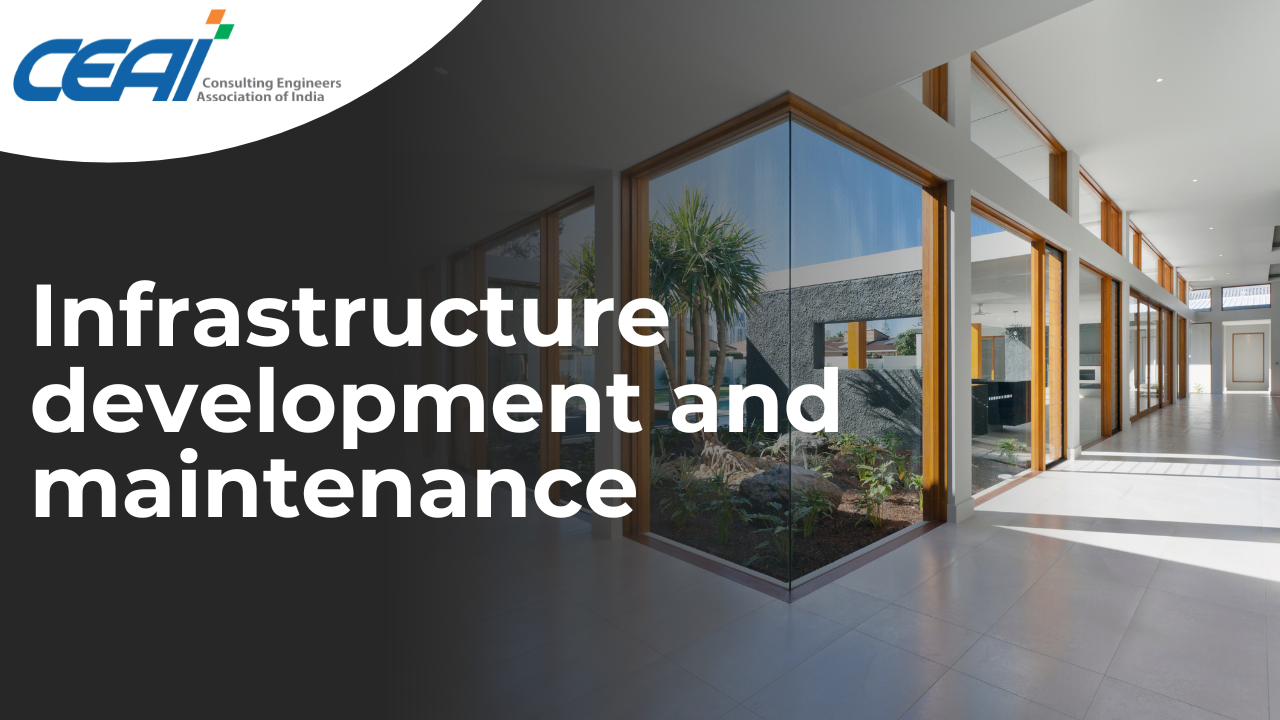
Infrastructure development and maintenance is a crucial aspect of any modern society. It encompasses a wide range of systems and services that are essential for the smooth functioning of a community, including transportation networks, communication systems, water and sewage systems, and power generation and distribution. Ensuring that these systems are well-maintained and efficiently operated is vital for the well-being of a population and the growth of an economy.
What is infrastructure development and maintenance?
Infrastructure development refers to the construction and improvement of public facilities and systems, such as roads, bridges, buildings, water and sewage systems, and power plants.
Infrastructure is essential for the functioning of a society, as it supports economic development, enables transportation and communication, and provides access to vital services. Infrastructure maintenance refers to the upkeep and repair of these facilities and systems to ensure that they continue to function properly and meet the needs of the community.
Proper maintenance is essential for the safety and efficiency of infrastructure, and it can also help to extend the lifespan of the assets. Infrastructure development and maintenance can be a significant undertaking and require the coordination of various stakeholders, including governments, private organisations, and communities.
Challenges of infrastructure development and maintenance

There are several challenges faced by infrastructure development and maintenance. One major challenge is funding. Infrastructure projects can be expensive and require significant investment, which can be a barrier for governments and private organisations. Additionally, the allocation of funds for infrastructure development can be a political process, which can lead to delays and inefficiencies.
Another challenge is land acquisition and eminent domain. Acquiring the land needed for infrastructure projects can be a complex and time-consuming process, especially if the land is privately owned. There can also be challenges related to environmental regulations and obtaining necessary permits. The maintenance of infrastructure can also be a challenge, as it requires ongoing funding and resources to ensure that the infrastructure is in good condition. This can be particularly difficult in underfunded or resource-limited areas.
One of the main challenges of infrastructure development and maintenance is the need to balance short-term and long-term goals. On the one hand, there is a need to address immediate needs and fix problems as they arise. This might involve repairing damaged roads, replacing faulty water pipes, or upgrading aging power plants. On the other hand, there is also a need to invest in long-term infrastructure projects that will serve the needs of a community for decades to come. This might involve building new roads, expanding public transit systems, or developing renewable energy sources.
How can these issues be resolved?
One way that governments and other organizations can address these challenges is through the use of long-term planning and forecasting. By looking at population growth, economic trends, and other factors, it is possible to anticipate future infrastructure needs and make investments accordingly. This can help to ensure that infrastructure development and maintenance efforts are focused on the most pressing needs, rather than being driven by short-term political considerations.
Another important aspect of infrastructure development and maintenance is the need to consider the environmental impacts of different projects. For example, the construction of new roads or highways can have significant impacts on local ecosystems, particularly if they are built through sensitive areas. By taking an environmental approach to infrastructure development, it is possible to minimise these impacts and promote sustainable growth.
In addition to the physical infrastructure systems mentioned above, there is also a need to consider the maintenance and development of digital infrastructure. This includes everything from the internet and telecommunications networks to data centres and cloud computing systems. Ensuring that these systems are reliable and secure is crucial for the smooth functioning of modern society.
Conclusion
The success of any infrastructure development and maintenance efforts depends on the ability to effectively plan and manage projects, as well as the availability of adequate funding. Governments and other organisations must work together to ensure that the necessary resources are in place to support infrastructure development and maintenance efforts, both in the short term and the long term. By prioritising the needs of a community and taking a holistic approach to infrastructure development, it is possible to create systems that are reliable, efficient, and sustainable.
